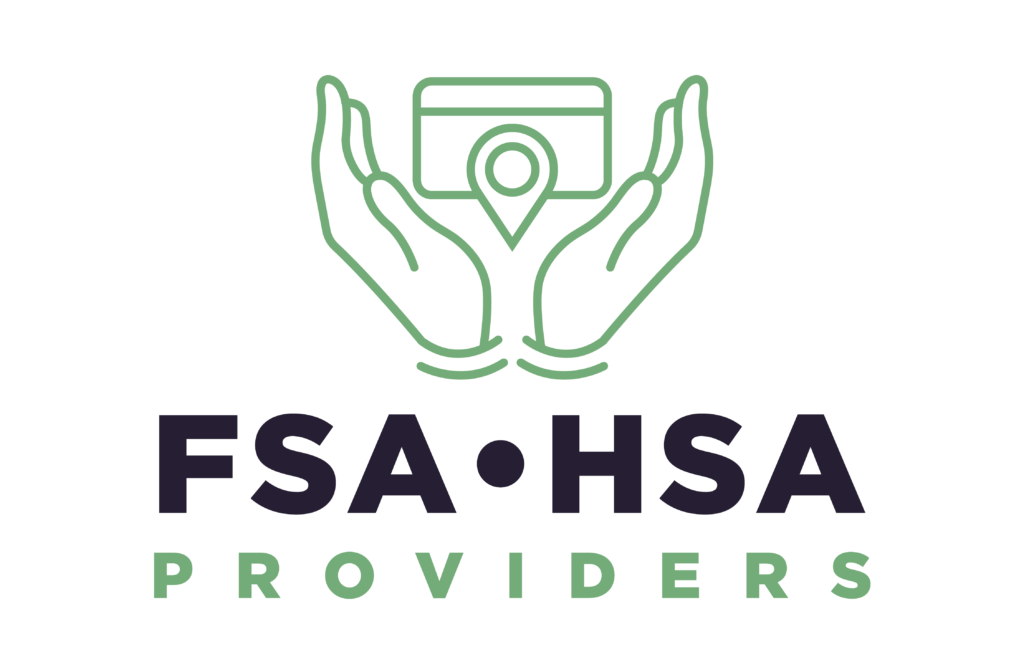What is a Dependent Care Flexible Spending Account (Dependent Care FSA or DCFSA)? #
A Dependent Care Flexible Spending Account (Dependent Care FSA or DCFSA) is a pre-tax benefit account used to pay for eligible dependent care expenses, like daycare, preschool, and summer camps. It’s a powerful tool to help working parents and caregivers save money while managing child or dependent care costs. A Dependent Care FSA is an employer-sponsored benefit that allows you to set aside money before taxes to pay for eligible expenses related to the care of dependents. It is different from a Healthcare FSA.
Contribution Limits #
Annual Contribution Limit (2025):
$5,000 per household
$2,500 if married and filing separately
Usage: Use-it-or-lose-it #
Funds must generally be used by the end of the plan year (some plans offer a short grace period).
Tax Benefits #
Pre-tax savings: Contributions are exempt from federal income tax, Social Security tax, and Medicare tax.
Tax Advantages
Dependent Care FSAs can offer significant tax savings—often 20% to 40% of your eligible expenses depending on your tax bracket.
Example:
You contribute $5,000 to a DCFSA.
You avoid paying roughly $1,200–$2,000 in taxes (federal, Social Security, Medicare).
Eligibility #
You can use DCFSA funds for care of:
Children under 13 who live with you more than half the year.
Spouses or adult dependents (e.g., elderly parents) who are physically or mentally incapable of self-care and live with you.
Usage #
You can use your DCFSA funds to pay for care that allows you (and your spouse, if married) to work, look for work, or attend school full-time.
Examples of Eligible Expenses: #
Daycare or nursery school
Preschool (only the care portion, not education)
Before/after school programs
Nannies, babysitters (work-related care)
Summer day camps (overnight camps are not eligible)
Adult day care centers
Ineligible Expenses #
Certain expenses are not eligible, even if related to care:
Tuition for kindergarten and up
Overnight camps
Meals, field trips, or supplies
Care provided by your spouse, child under 19, or another dependent
Nursing home expenses
Babysitting when not work-related (e.g., date night)
How It Works #
Enroll through your employer during open enrollment or after a qualifying life event.
Choose your annual contribution, up to the IRS limit.
Money is deducted from your paycheck pre-tax, typically spread evenly across the year.
Submit claims for reimbursement for eligible expenses you’ve already paid.
Note: Unlike healthcare FSAs, funds are not available upfront—you can only be reimbursed up to the amount that has been contributed to date.
DCFSA vs. Childcare Tax Credit #
You cannot double-dip, but you can:
Use both the DCFSA and the Child and Dependent Care Tax Credit strategically.
Example: Use DCFSA for the first $5,000, then apply the credit to any additional qualifying expenses (if eligible).
Tips #
Estimate carefully. Unused funds are forfeited unless your plan has a grace period.
Keep documentation—receipts, invoices, provider details—for every claim.
Combine with healthcare FSA or HSA (if eligible) to maximize tax savings.
Summary #
A Dependent Care FSA is one of the most effective ways for working families to reduce the financial burden of caregiving. Understanding how to use it well can save you thousands per year and make child or dependent care more manageable.
